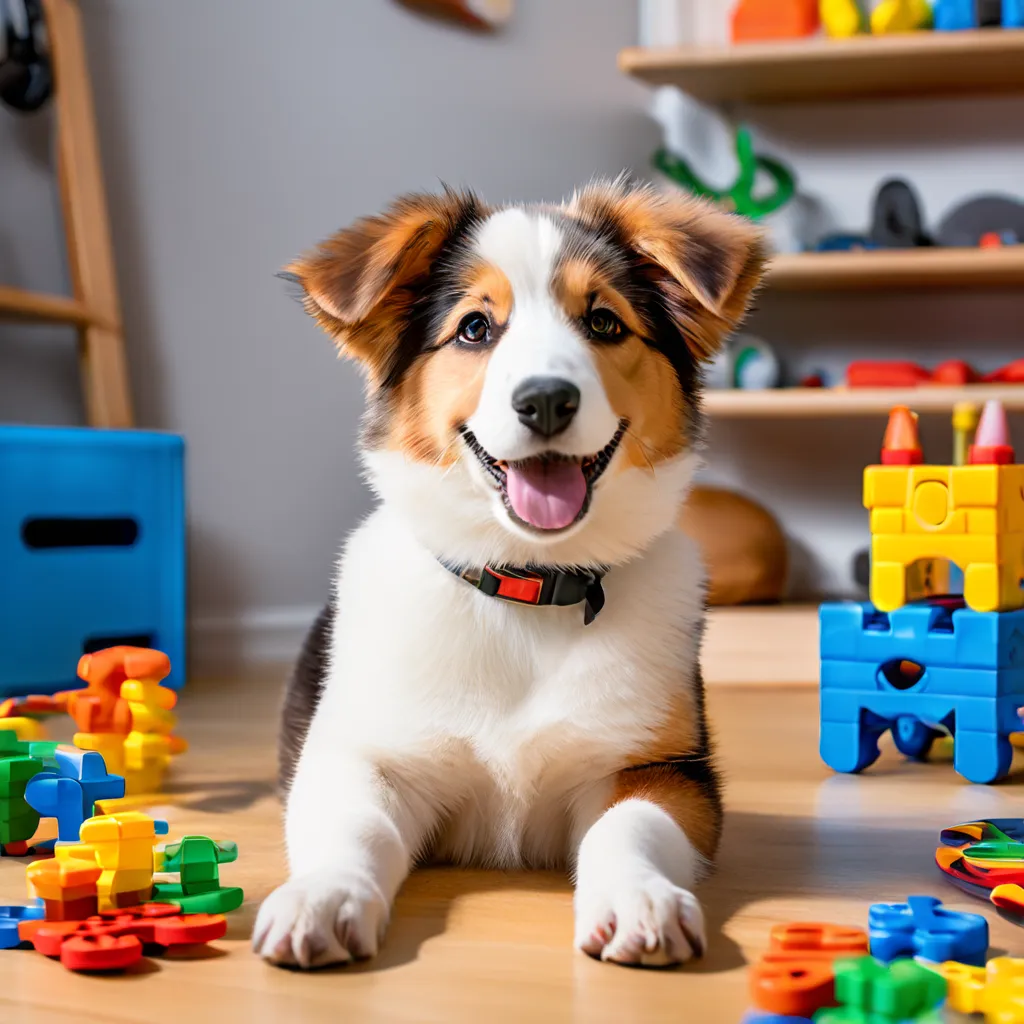Introduction
A Level 4 dog bite is a severe injury that can have devastating consequences. It is characterized by one to four puncture wounds deeper than half the length of the dog’s canine teeth. This type of bite can cause significant damage to the skin and underlying tissues, and can even be life-threatening in some cases. 
Understanding what a Level 4 dog bite looks like is crucial for dog owners, as it can help them identify the severity of the injury and seek prompt medical attention if necessary. In this article, we will delve into the characteristics of a Level 4 dog bite, its physical characteristics, and the importance of bite inhibition in preventing such incidents. We will also discuss the consequences of a Level 4 dog bite and the need for medical treatment, as well as provide guidance on how to identify a Level 4 dog bite.
Defining Level IV Dog Bite: Characteristics And Identification
A Level IV dog bite is a serious injury that requires immediate medical attention. It is characterized by one to four puncture wounds from a single bite, with at least one puncture deeper than half the length of the dog’s canine teeth. These bites can cause significant damage to the skin, muscles, and underlying tissues, and may lead to infection, scarring, and long-term health consequences.
Level IV dog bites are often the result of a dog’s predatory behavior, and can be a sign of a more serious underlying issue with the dog’s temperament or training. It is essential to seek professional help from a veterinarian, animal behaviorist, or dog trainer to address any behavioral issues that may have contributed to the bite.
If you or someone you know has been bitten by a dog, it is crucial to seek medical attention immediately. A Level IV dog bite can lead to serious health complications, including infection, nerve damage, and scarring. Prompt medical treatment can help prevent these complications and ensure a full recovery.
Remember, a Level IV dog bite is a serious incident that requires immediate attention and action. If you are concerned about a dog’s behavior or have been bitten by a dog, do not hesitate to seek help from a medical professional or animal expert.
Physical Characteristics Of A Level IV Dog Bite
A Level IV dog bite is characterized by a single bite with deep wounds. According to the Dunbar scale, a Level IV dog bite deals with 1-4 punctures, and at least one wound exceeding one length of the canine’s teeth. This type of bite is categorized as severe, causing substantial tearing of skin and muscle tissue. In some cases, it can impact the nerves, blood vessels, and bones.
The physical characteristics of a Level IV dog bite may include:
- Deep puncture wounds
- Substantial tearing of skin and muscle tissue
- Potential impact on nerves, blood vessels, and bones
- Single bite with 1-4 punctures
- Wounds exceeding one length of the canine’s teeth
It is essential to recognize the physical characteristics of a Level IV dog bite to provide appropriate medical treatment and prevent further complications.
The Importance Of Bite Inhibition In Preventing Level IV Dog Bites
Bite inhibition is a crucial aspect of a dog’s behavior that can significantly reduce the risk of Level IV dog bites. Bite inhibition refers to a dog’s ability to control the force of their mouthing, which is essential in preventing severe injuries.
When a dog lacks bite inhibition, they may bite with full force, leading to severe lacerations, puncture wounds, and even bone fractures. On the other hand, a dog with good bite inhibition will bite with a “soft mouth,” causing minimal damage.
Teaching bite inhibition is a critical part of dog training, especially during the puppy stage. Puppies naturally bite and mouth during play, and it’s essential to teach them to control the force of their bites. This can be achieved through gentle discipline, rewarding gentle behavior, and providing appropriate chew toys.
A dog with good bite inhibition is less likely to inflict severe injuries, even in situations where they may feel threatened or scared. This is because they have learned to associate biting with gentle pressure, rather than full force.
In the context of preventing Level IV dog bites, bite inhibition is crucial. A dog that lacks bite inhibition is more likely to cause severe injuries, which can lead to serious health consequences, including infection, scarring, and even death.
By teaching bite inhibition, dog owners can significantly reduce the risk of Level IV dog bites and ensure a safer environment for everyone around them.
Consequences Of A Level IV Dog Bite And The Need For Medical Treatment
A Level IV dog bite is a serious injury that can have severe and long-lasting consequences for the victim. The physical and emotional trauma caused by such an attack can be devastating, and it is essential to seek immediate medical attention to prevent further complications.
Physical Consequences
Level IV dog bites can lead to permanent disfigurement, disability, and even death. The severity of the injury depends on the location and depth of the bite, as well as the force of the attack. In some cases, victims may require extensive surgery, including reconstructive surgery, to repair damaged tissue and restore function.
Emotional Consequences
The emotional trauma caused by a Level IV dog bite can be just as severe as the physical injury. Victims may experience anxiety, depression, and post-traumatic stress disorder (PTSD) as a result of the attack. The emotional scars can last for years, affecting the victim’s quality of life and relationships.
Legal Consequences
In addition to the physical and emotional consequences, Level IV dog bites can also have legal implications. Dog owners may be held liable for the injuries caused by their pets, and victims may be entitled to compensation for their damages. In some cases, the dog may be deemed a serious threat to public safety and may be subject to euthanization.
The Need for Medical Treatment
It is crucial to seek immediate medical attention if you or someone you know has been bitten by a dog. Medical professionals can provide proper wound care, antibiotics, and tetanus shots to prevent infection. In severe cases, hospitalization may be necessary to monitor and treat the injury.
In conclusion, a Level IV dog bite is a serious injury that requires immediate medical attention. The physical and emotional consequences can be severe and long-lasting, and it is essential to take steps to prevent such attacks from occurring in the first place.
Identifying A Level IV Dog Bite: What To Look For
Identifying a Level IV dog bite is crucial to ensure proper medical treatment and prevent further injuries. A Level IV dog bite is characterized by one to four puncture wounds from a single bite, with at least one puncture deeper than half the length of the dog’s canine teeth.
Physical Characteristics
A Level IV dog bite typically results in deep wounds, severe bruising, and tears to the skin. The bite may also cause significant bleeding and swelling. In some cases, the bite may be so severe that it leads to broken bones, nerve damage, or other serious injuries.
Warning Signs
Before a dog bites, it often displays warning signs such as growling, snarling, or showing its teeth. If you notice these signs, it’s essential to intervene immediately to prevent the situation from escalating.
What to Look For
If you or someone you know has been bitten by a dog, look for the following signs of a Level IV dog bite:
- Deep puncture wounds
- Severe bruising and swelling
- Tears to the skin
- Significant bleeding
- Broken bones or nerve damage (in severe cases)
Seek Medical Attention
If you suspect a Level IV dog bite, seek medical attention immediately. A healthcare professional can assess the severity of the injury and provide appropriate treatment, including stitches, antibiotics, or surgery if necessary.
Conclusion
In conclusion, understanding what a Level 4 dog bite looks like is crucial for dog owners, trainers, and anyone who interacts with dogs. As we’ve discussed throughout this blog post, a Level 4 dog bite is characterized by single bites with deep punctures, which can lead to severe consequences if left untreated. It’s essential to recognize the physical characteristics of a Level 4 dog bite, including the presence of one to four punctures or perforations, each of which can be deep and potentially life-threatening.

The importance of bite inhibition in preventing Level 4 dog bites cannot be overstated. By teaching dogs to control their biting force, we can reduce the risk of severe injuries and promote a safer environment for everyone involved.
Remember, if you suspect that you or someone else has suffered a Level 4 dog bite, it’s crucial to seek medical attention immediately. Don’t hesitate to reach out to a medical professional or a veterinarian for guidance and support.
By being aware of the signs and symptoms of a Level 4 dog bite, we can take proactive steps to prevent these incidents from occurring in the first place. Let’s work together to create a safer, more compassionate world for dogs and humans alike.
References
- https://www.petmd.com/dog/training/puppy-bitin
- https://www.avma.org/resources-tools/pet-owners/dog-bite-preventio
- https://www.sciencedirect.com/topics/agricultural-and-biological-sciences/dog-bit
- https://www.akc.org/expert-advice/training/stop-puppy-biting
- https://www.dogbitelaw.com/dog-bite-statistics/all-dog-bite-statistics
- https://www.dogster.com/dog-training/how-to-train-dog-to-have-bite-inhibitio
- https://www.petmd.com/dog/behavior/fear-aggression-dog
















